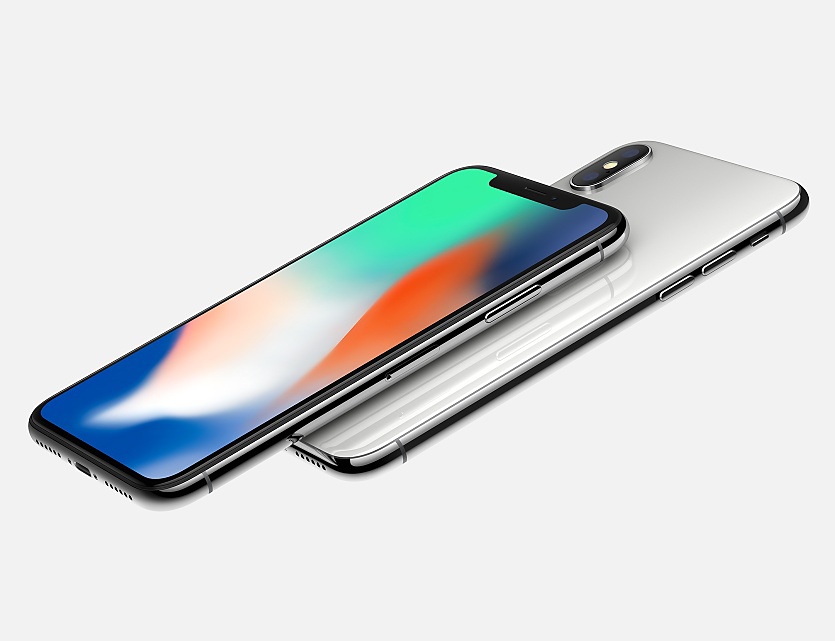You probably already heard about the two new iPhones Apple is going to launch this fall. The iPhone 8 is already available, but the iPhone X is the one everybody talks about. This iPhone is dedicated to Apple’s 10th year anniversary and will be available in The Netherlands on the 3th of November.
There are several new technologies on this new iPhone X, but the most interesting technology is its face recognition. The new handset, which will sell from €1159, allows users to unlock it simply by looking at it. This new iPhone is the most expensive one ever since. The Face ID system of the iPhone X is able to recognize the owners face by the TrueDepth camera. This works by sending out more than 30,000 invisible dots that pinpoints all areas of the owners face. Besides that, an infrared camera also tracks all patterns of the owners face (Suciu, 2017). This will help to confirm that this device belongs to the actual user. To make sure that the Face ID works over time, and adapt to physical changes in the owners appearance, machine learning is added (Apple, n.d.). Machine learning explores the study and construction of algorithms that can learn from and make predictions on data (Kohavi & Provost, 1998).
However, there are some critics about the performance of this Face ID system. For example, what happens when someone holds a photo of the owner in front of the camera? It could be possible that the technology will be fooled. This will lead to security problems. It is also not clear what happens when someone gained or lost a lot of weight or has a disease like edema, that makes your face look noticeably different during the course of the day (Suciu, 2017). Will machine learning keep up on these changes? We have only seen demos so far, how this actually is going to work, can be answered in the near future…
Sources:
Apple (n.d.) iPhone X. Retrieved on September 24, 2017 from https://www.apple.com/iphone-x/
Suciu, P. (2017) How Many Ways Might iPhone X’s Face ID Go Wrong? Retrieved on September 24, 2017 from http://www.technewsworld.com/story/How-Many-Ways-Might-iPhone-Xs-Face-ID-Go-Wrong-84808.html
Ron Kohavi; Foster Provost (1998). “Glossary of terms”. Machine Learning. 30: 271–274.


Hi Shanice, cool article! I’m also very curious about how well the new functionality will work, but I think Apple’s machine learning will be good enough to distinguish your face even if you lose weight suddenly (this is still gradual) or if you have a disease like edema. The combination of ambient light, infrared and proximity sensors with 30.000 points should be able to determine if it’s you, even if you have a swollen nose for example.
What I’m more curious about is how easy it will be to trigger the Face ID. Let’s say you unlock your phone 25 times per day, would you be required to move your phone to a certain distance from your face before it recognizes you? Would people not get tired of this if that’s the case?
I also think privacy can play a huge role in this development. Some article say that the Face ID sensors will always be on, which makes me think about how third party applications will use these functions. Think about Facebook for example, registering how people react to certain ads while they scroll through their Facebook feed.
I agree, Gudo! The privacy actually worries me a bit. Facebook can already recognizes your mood, sort of, based on how you scroll, how much attention you pay, and how you like posts. The ads are already tailored to you in that sense, so I guess, Facebook (and others) will definitely use this technology to upgrade their skill set, so we are more and more locked into it